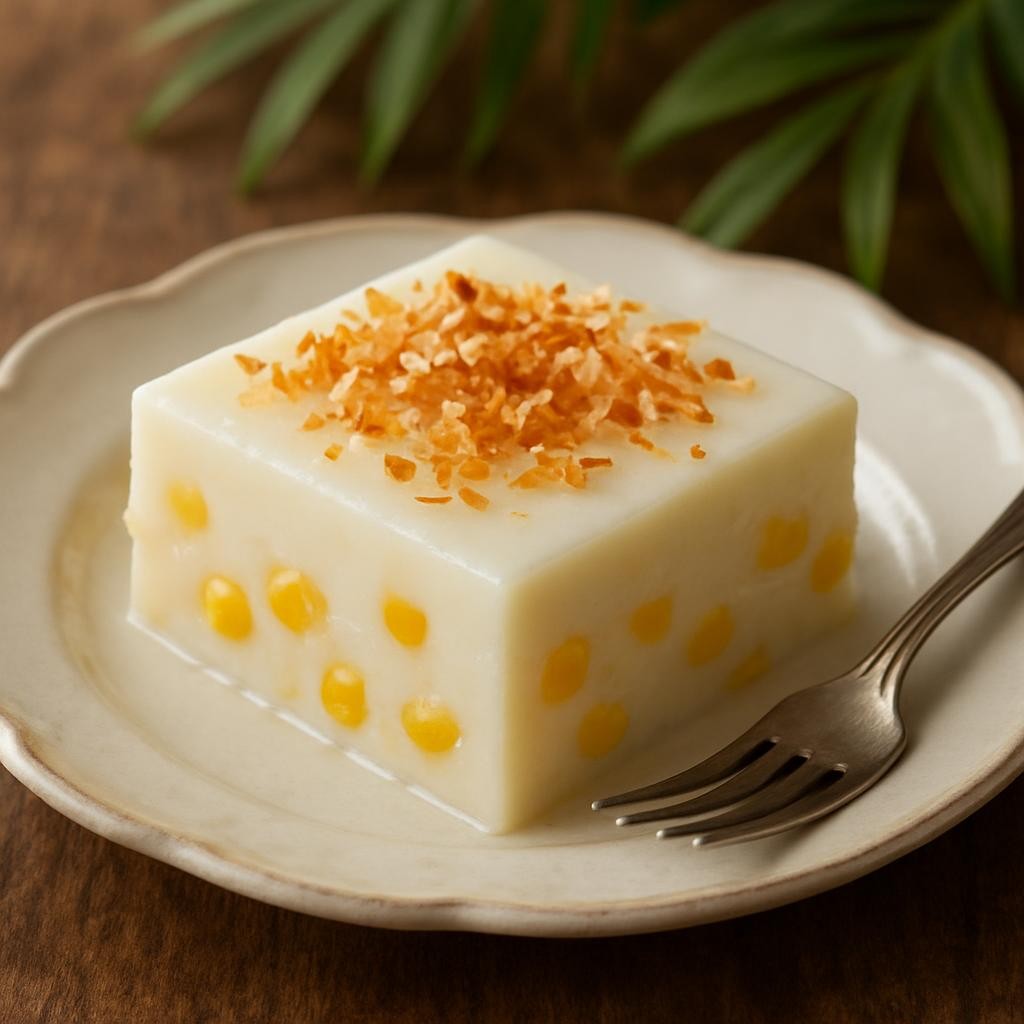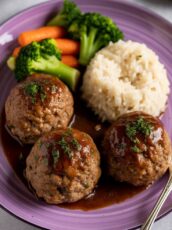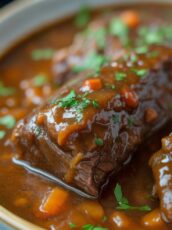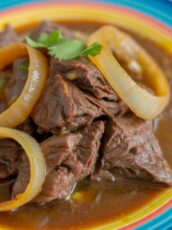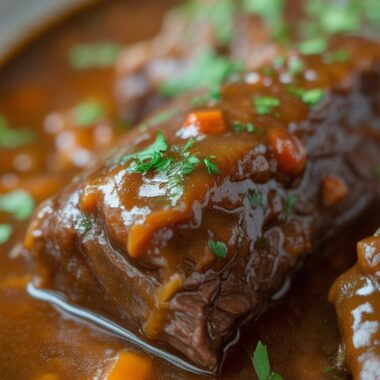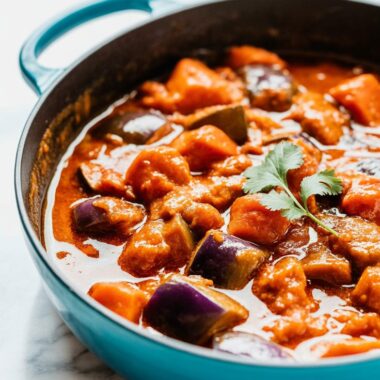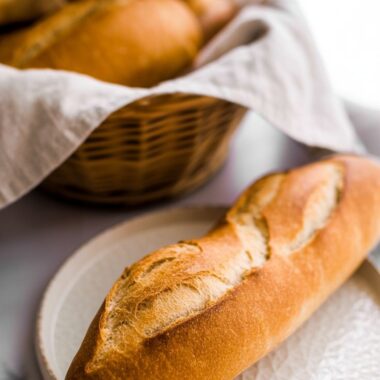Jjajangmyeon, or noodles in black bean sauce, is a beloved Korean dish that brings together the delightful flavors of fermented black beans, fresh vegetables, and chewy wheat noodles. This savory and slightly sweet sauce envelops the noodles, creating a comforting and satisfying meal that is perfect for any occasion. With its rich umami profile and satisfying textures, Jjajangmyeon is not just a dish; it’s an experience that transports you to the bustling streets of Korea.
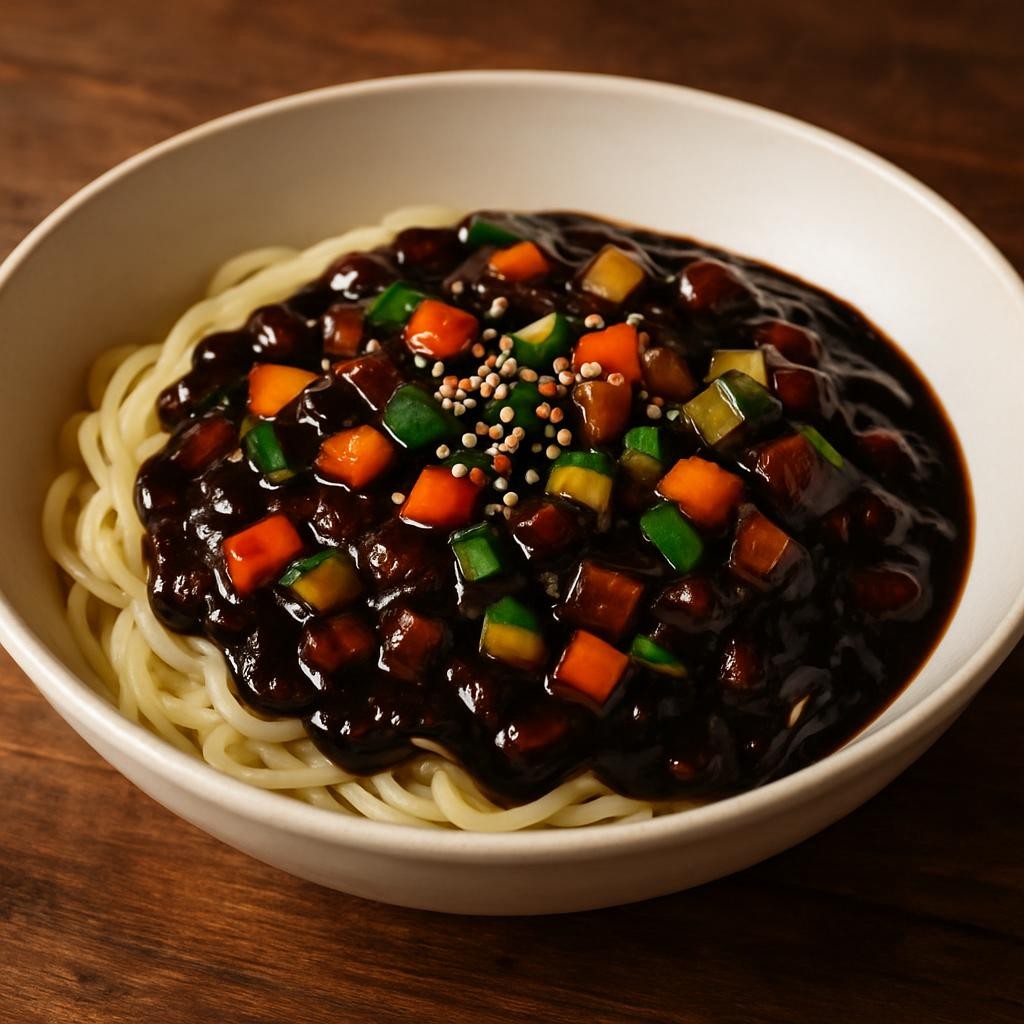
Why You Will Love This Recipe
This Jjajangmyeon recipe is a game changer for anyone looking for a quick, delicious, and hearty meal. The unique flavor of the black bean sauce, combined with tender vegetables and noodles, creates a comforting dish that is packed with umami. It’s incredibly easy to prepare, making it a perfect weeknight dinner option for busy families or individuals. Additionally, it can be tailored to fit various dietary preferences, whether you’re a meat lover or a vegetarian. The versatility of this dish is unmatched, and once you master it, you’ll likely find yourself making it regularly!
Tips and Tricks
- Use Fresh Ingredients: Opting for fresh vegetables will enhance the flavors. Onions, zucchini, and carrots work wonderfully.
- Cook Noodles Separately: To prevent them from becoming mushy, cook the noodles separately and then mix them with the sauce just before serving.
- Adjust the Sauce: If you prefer a sweeter sauce, add a touch more sugar; for a spicier kick, incorporate some gochujang (Korean chili paste).
- Enhance Umami: Adding a splash of soy sauce or oyster sauce can deepen the flavor of the black bean sauce.
Make Ahead Tips
You can prepare the black bean sauce in advance to save time. Cook it up to two days ahead and store it in an airtight container in the refrigerator. The flavors will deepen as it sits. When ready to serve, reheat the sauce while cooking fresh noodles. Vegetables can also be prepped in advance—chop and store them in the fridge for easy assembly.
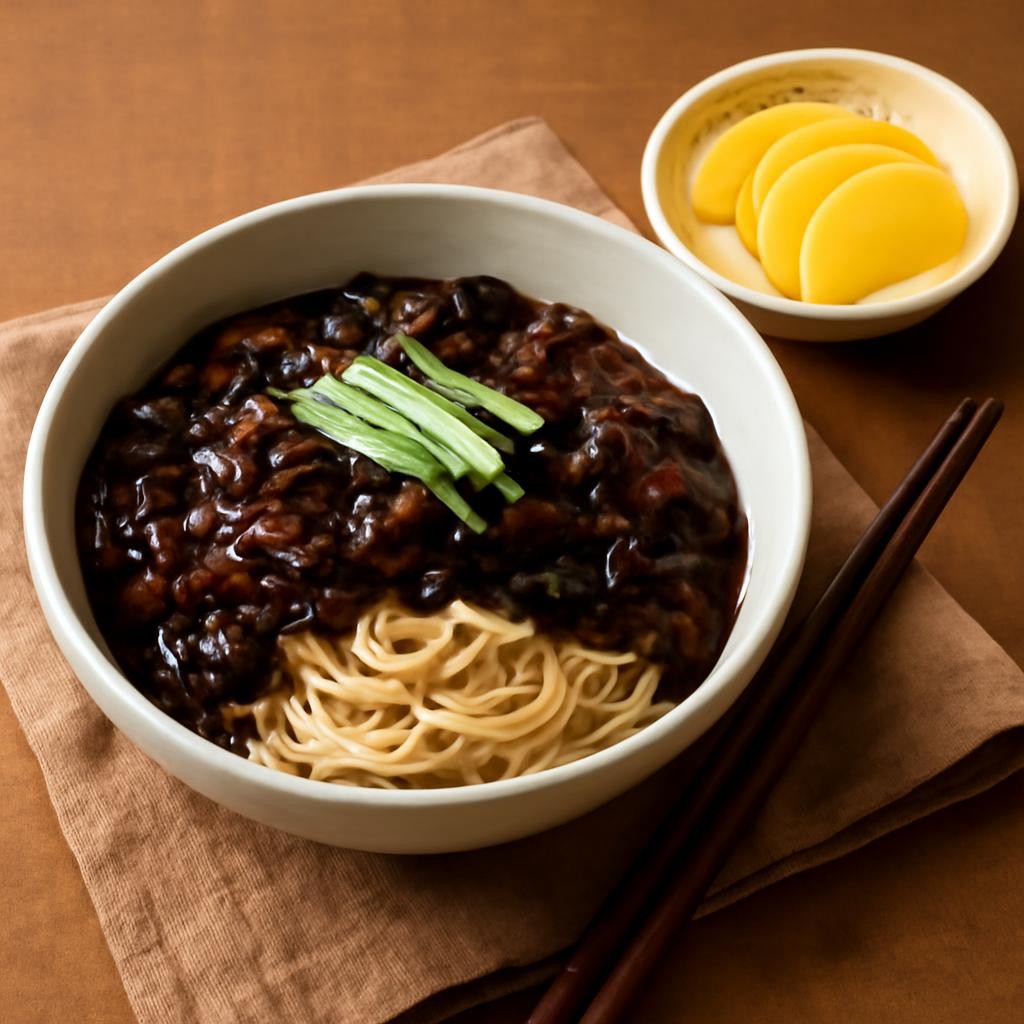
Recipe Variations
- Vegetarian/Vegan Option: Substitute the pork with tofu or mushrooms for a plant-based version.
- Different Noodles: Use udon or rice noodles if you prefer a different texture or have dietary needs.
- Spicy Variation: Add sliced fresh chili peppers or a teaspoon of gochugaru (Korean red pepper flakes) for a spicy kick.
- Seafood Jjajangmyeon: Incorporate shrimp or squid instead of pork for a seafood twist.
How to Serve
Serve your Jjajangmyeon in a wide bowl to allow the sauce to pool around the noodles. Garnish with sliced green onions or sesame seeds for a touch of color. Pair it with a side of pickled radish (danmuji) for a refreshing crunch that cuts through the richness of the dish.

Pairing Suggestions
Pair your Jjajangmyeon with a cold glass of Korean beer or a sweet rice wine like makgeolli for an authentic experience. For a non-alcoholic option, try a refreshing iced barley tea. A light salad or kimchi can serve as a delightful side dish to complement the meal.
How to Store
Leftover Jjajangmyeon can be stored in an airtight container in the refrigerator for up to three days. If freezing, store the sauce and noodles separately to maintain their textures; the sauce can last up to a month in the freezer. To reheat, thaw overnight in the fridge and warm in a pan over low heat, adding a splash of water if necessary to loosen the sauce.
Equipment Needed
- A large pot for boiling noodles
- A skillet or wok for sautéing ingredients
- A cutting board and knife for chopping vegetables
- Measuring spoons and cups for precise ingredient measurements
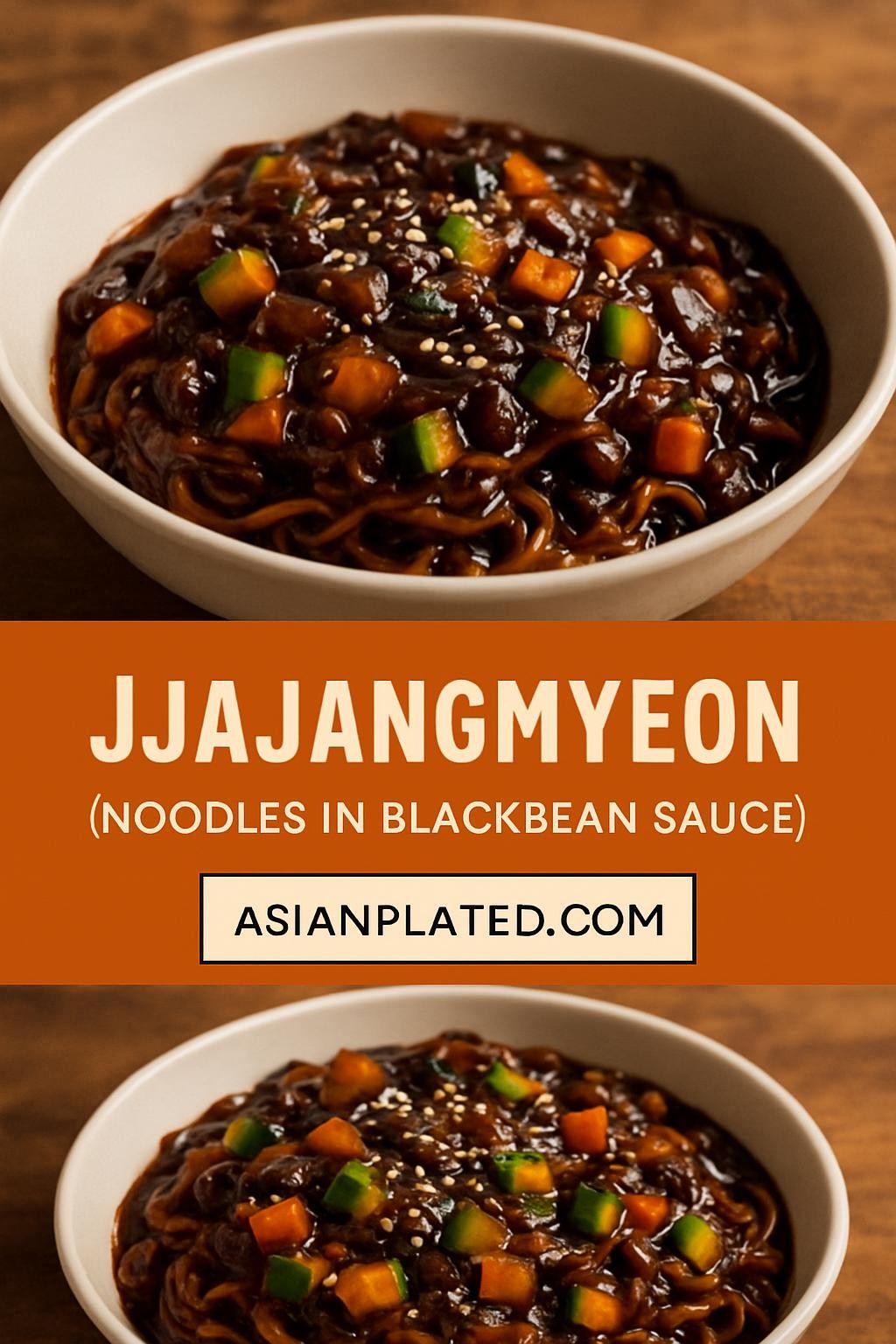
Dietary Adaptations
To make Jjajangmyeon vegan, simply replace the pork with your choice of vegetables or tofu. Ensure that the black bean paste is free from animal products. For a gluten-free version, substitute regular noodles with gluten-free noodles made from rice or buckwheat.
Seasonal Adaptations
In the spring and summer, incorporate fresh seasonal vegetables like asparagus or snap peas. In the fall and winter, root vegetables such as sweet potatoes or squash can add a hearty touch to the dish.
Recipe FAQs
- Can I use regular soy sauce instead of black bean paste?: No, the flavor profile is quite different. Stick with Korean black bean paste for authenticity.
- What if I can’t find black bean paste?: You can try using hoisin sauce as a substitute, but it will change the flavor significantly.
- How long does it take to cook the noodles?: Most wheat noodles will take around 4-6 minutes, but check the package instructions for specifics.
- Can I add meat alternatives?: Absolutely! Tempeh or seitan can work wonderfully as substitutes for pork.
Jjajangmyeon (Noodles in blackbean sauce)

Jjajangmyeon, or noodles in black bean sauce, is a beloved Korean dish that brings together the delightful flavors of fermented black beans, fresh vegetables, and chewy wheat noodles.
Ingredients
- 200g wheat noodles
- 100g pork belly, diced (or tofu for a vegetarian option)
- 1 medium onion, diced
- 1 medium zucchini, diced
- 1 medium carrot, diced
- 3 tablespoons Korean black bean paste (chunjang)
- 1 tablespoon soy sauce
- 1 teaspoon sugar
- 2 tablespoons vegetable oil
- 2 cups water
- Green onions, sliced (for garnish)
- Sesame seeds (for garnish)
Instructions
- Prepare the Noodles: Bring a pot of salted water to a boil and cook the wheat noodles according to package instructions. Drain and set aside.
- Sauté the Meat: In a skillet, heat the vegetable oil over medium heat. Add the diced pork belly and cook until browned and crispy.
- Add Vegetables: Stir in the diced onion, zucchini, and carrot. Sauté for about 5-7 minutes until the vegetables are tender.
- Make the Sauce: Push the meat and vegetables to one side of the skillet. Add the black bean paste to the empty space and stir-fry for 1-2 minutes until fragrant. Mix everything together.
- Add Liquid: Pour in the water, soy sauce, and sugar. Bring to a simmer and let it cook for another 5-10 minutes, allowing the sauce to thicken.
- Combine: Add the cooked noodles into the sauce, tossing to coat the noodles evenly in the black bean sauce.
- Serve: Transfer to serving bowls and garnish with sliced green onions and sesame seeds.
Nutrition Information:
Yield: 2 Serving Size: 1Amount Per Serving: Calories: 592Total Fat: 36gSaturated Fat: 8gTrans Fat: 0gUnsaturated Fat: 26gCholesterol: 42mgSodium: 754mgCarbohydrates: 49gFiber: 9gSugar: 8gProtein: 23g
Asianplated.com, occasionally offers nutritional information for recipes contained on this site. This information is provided as a courtesy and is an estimate only. This information comes from online calculators. Although allchickenrecipes.com attempts to provide accurate nutritional information, these figures are only estimates.
Final Thoughts
Jjajangmyeon is more than just a meal; it’s a comforting embrace of flavors and textures that fills the belly and warms the heart. Its versatility means you can customize it to suit your tastes, dietary needs, or seasonal ingredients. I hope you enjoy making and sharing this dish as much as I do. Dive into the world of Korean cuisine with this delightful recipe and savor every bite!


